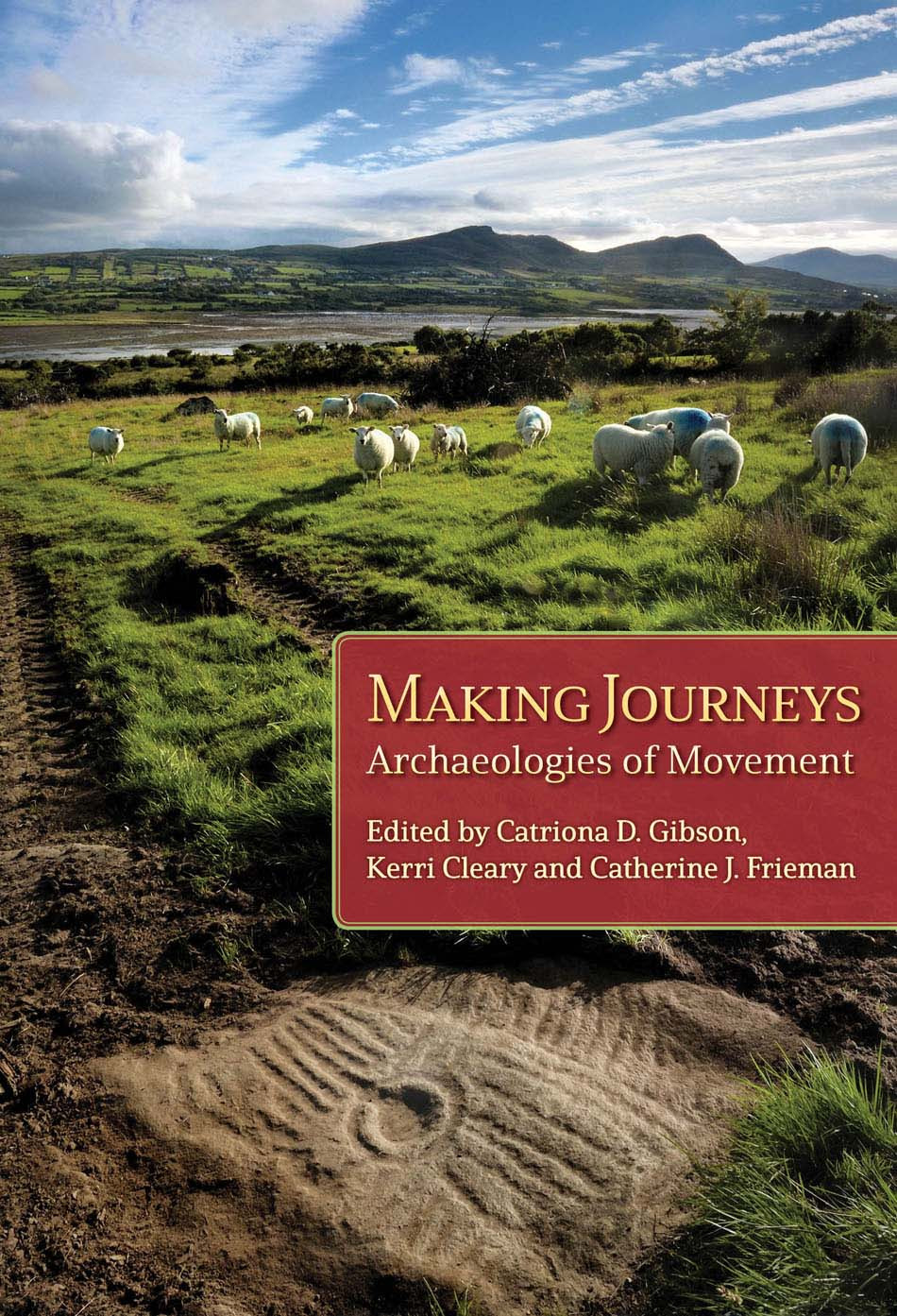Product desciption
Making Journeys Catriona D Gibsonkerri Clearycatherine J Frieman by Catriona D. Gibson;kerri Cleary;catherine J. Frieman; instant download after payment.
Despite notable explorations of past dynamics, much of the archaeological literature on mobility remains dominated by accounts of earlier prehistoric gatherer-hunters, or the long-distance exchange of materials. Refinements of scientific dating techniques, isotope, trace element and aDNA analyses, in conjunction with phenomenological investigation, computer-aided landscape modeling and GIS-style approaches to large data sets, allow us to follow the movement of people, animals and objects in the past with greater precision and conviction. One route into exploring mobility in the past may be through exploring the movements and biographies of artifacts. Challenges lie not only in tracing the origins and final destinations of objects but in the less tangible in between' journeys and the hands they passed through. Biographical approaches to artifacts include the recognition that culture contact and hybridity affect material culture in meaningful ways. Furthermore, discrete and bounded sites' still dominate archaeological inquiry, leaving the spaces and connectivities between features and settlements unmapped. These are linked to an under-explored middle-spectrum of mobility, a range nestled between everyday movements and one-off ambitious voyages. We wish to explore how these travels involved entangled meshworks of people, animals, objects, knowledge sets and identities. By crossing and re-crossing cultural, contextual and tenurial boundaries, such journeys could create diasporic and novel communities, ideas and materialities.
About the Author: Catriona D. Gibson is a post-doctoral researcher on the project Grave Goods: Objects and Death in later Prehistoric Britain, based at the University of Reading, where she also obtained her PhD. She has worked extensively in both commercial and academic archaeology. Her research interests include exploring evidence for connectivity and mobility during later prehistory, and forging stronger links between developer-led and academic archaeology.
About the Author: Kerri Cleary's research focuses on later prehistoric Ireland, with an emphasis on the archaeology, landscapes and material culture of funerary, ceremonial and settlement sites. Her most recent role was as Research Fellow on the multidisciplinary AHRC-project, Atlantic Europe in the Metal Ages: Questions of shared language.
About the Author: Catherine J. Frieman is a senior lecturer in European archaeology at the Australian National University, Canberra. She is a specialist in knapped and ground-stone tools and currently has field projects in the Europe and Australia. Her research interests include the nature of archaeological inquiry, the spread and adoption of innovations, skeuomorphism, and the beginning of the Metal Ages.


